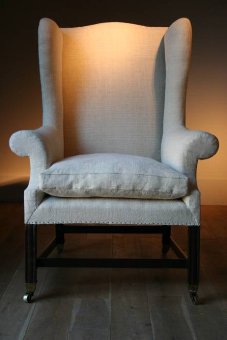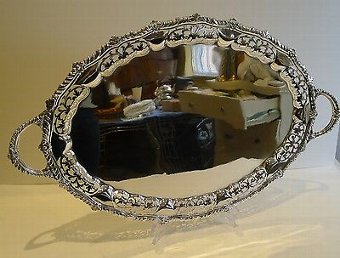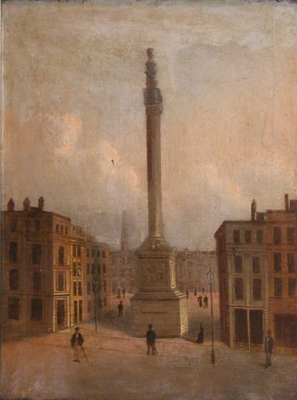featured item

exceptional quality antique victorian oak marquetry strun... Read more
19th century chinese blue and white bowl

antiques available from other sellers in antiques interior design modern and vintage > other interior design
-
![The Swing]() £2500.00Artware Ltd
£2500.00Artware Ltd -
![A Handsome George III wing armchair]() £1695.00
£1695.00a handsome george iii wing armchair Read more
Seveteen-Twentyone -
![Fabulous Antique English Serving Tray - Reg. For 1896]() £578.28
£578.28fabulous antique english serving tray - reg. for 1896 Read more
Puckering's -
![The Monument, London]() £3000.00
£3000.00the monument, london Read more
Artware Ltd
- View other items in:
- antiques interior design modern and vintage
- other interior design
Still not found something similar? Why not save a search and get a notification in your inbox when an matching antique is added to our ever-growing database?
Enter your email address to be sent alerts when new items are added to the site that match your search criteria

Ref 11472 - 19th century Chinese Blue and White bowl, signed on the base. The bowl is perfect and is unusual in that it has a brown band on the rim and waist. Circa 1890, bowl measures 8.5 inches diameter, 22 cms. Both UK and overseas delivery quotes include insurance. Far East shipping cost to be quoted.
Antiques.co.uk Ref: CU96Q963
- Width (cm):
- 0
- Height (cm):
- 0
- Depth (cm):
- 0
Here on antiques co uk we love antiques and specialise in selling antiques. Even though this item was for sale and is now sold or otherwise now unavailable we have many more items for sale including vintage antiques, silver, tables, watches, jewellery and much more for your interiors and home.
Search all the antiques currently for sale on www.antiques co uk. Or why not consider selling your antiques and making sales more easily with us!









